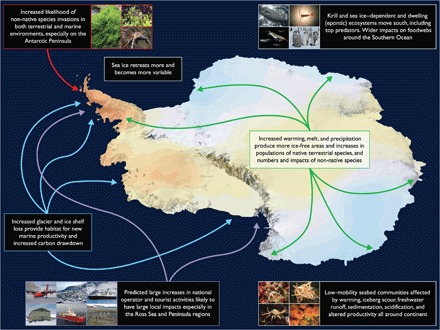Fig. 3. Illustration of the major threats to Antarctic biodiversity in the coming century.

Clockwise from top left: Warming reduces ice cover both in the sea and on land, which, combined with increased human activity, makes the establishment of non-native species much more likely (images are the invasive midge E. murphyi, and the noted but not established marine seaweed U. intestinalis and crab H. araneus); the reduction in sea ice and increased variability affects species dependent on sea ice for habitat, notably krill that are a key ecosystem resource for many penguins, seals, and whales [images are humpback whale, krill, copepod (Calanus propinquus), and emperor penguin chicks]; low-mobility (and many with limited dispersal) marine species affected by multiple factors, including warming, acidification, freshening, increased sedimentation, etc. [images are brachiopods (Liothyrella uva), nemertean worms (Parborlasia corrugatus), anemones (Isotaelia antarctica), and giant isopod (Glyptonotus antarcticus)]; large increases in human activity in terms of more infrastructure, increased tourism, and national field campaigns all directly affect environments on land and sea (images are Dash 7 aircraft, McMurdo station, tourist vessel, Rothera station building, Sir David Attenborough ship, and vehicle tracks on King George Island); reductions in coastal ice make new habitat for new biological productivity in the water column and on the seabed, acting to provide new food for ecosystems and against warming by sequestering carbon; warming, ice melt, and increased precipitation on the continent not only provide new ice-free areas and stimulate increases in populations of native species but also increase likelihood of establishment of non-natives and reduce the isolation and, hence, persistence of native species. Colors on continent show warming and cooling trends over the past 50 years: Red intensity shows warming up to 2°C, and blue shows cooling of up to −1.5°C [following (195)].
